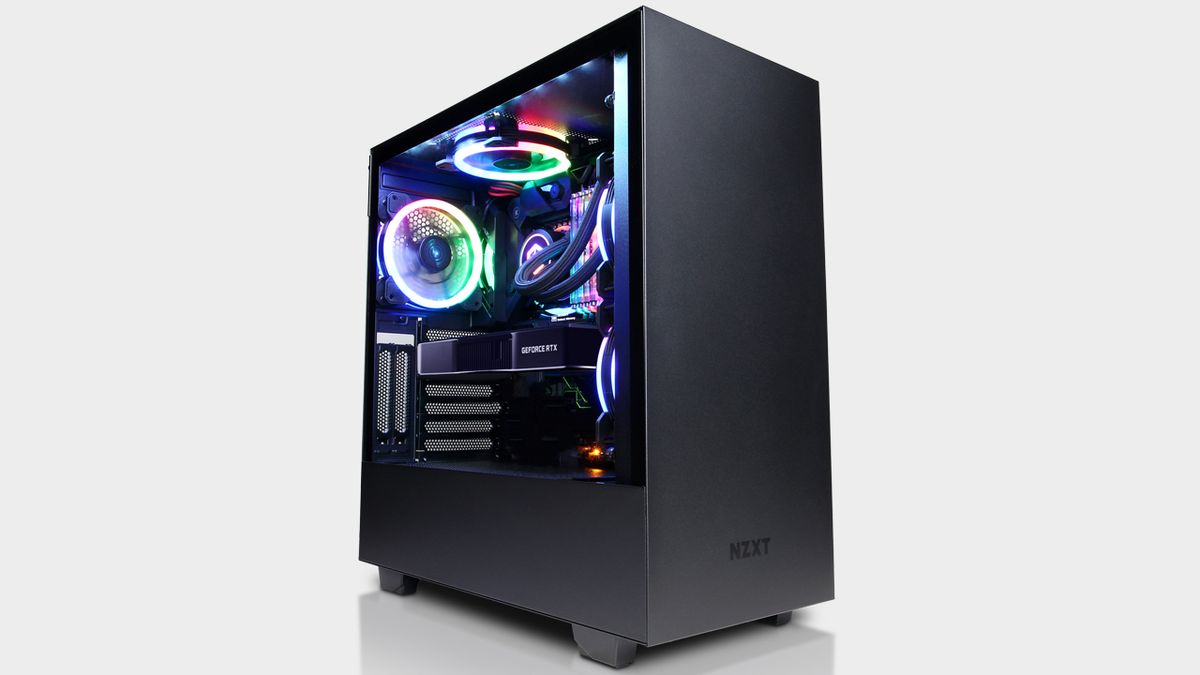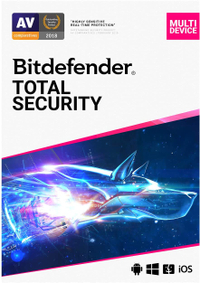12DOVE Verdict
A pre-assembled machine with almost peerless build quality and some of the best components around.
Pros
- +
RTX 3080 dominates
- +
Solid CPU performance
- +
Excellent build quality
Cons
- -
Fans are noisy under load
- -
RGB lighting is somewhat obnoxious
Why you can trust 12DOVE
UK company CyberPowerPC has been building a huge range of custom gaming rigs for years, many of which being some of the best gaming PCs, and often bringing a degree of build quality to the table that simply isn’t achievable for most enthusiast PC builders. The new Infinity 910 RTX is no exception, packing one of Nvidia’s hotly-anticipated RTX 3080 GPUs for some serious next-generation gaming.
As usual, CPPC has cherry-picked the finest components from a variety of manufacturers for this machine. Our review model is the standardised version of the 910 RTX, priced at £2099, but a quick trip to the retail website will reveal a massive range of potential customisations. Since these machines are custom-built to order, you can even post your own case to CPPC for them to build the system inside it.
Design & Features
Here are the specs for the PC sent to GamesRadar for review:
Processor: Intel Core i9-10850K
Graphics: MSI RTX 3080 Ventus 3X 10G OC
Memory: 16GB DDR4 HyperX Fury @ 3,200MHz
Storage: 500GB WD Black SN750 M.2 PCIe SSD (Boot) + 2TB Seagate BarraCuda 7200RPM HDD
Ports: Front: 2x USB 3.1 Gen 1, Combo Headphone/Mic;
Rear: 4x USB-A 3.2 Gen 2, 2x USB-A 2.0, 1x USB-C 3.2 Gen 2x2, HD Audio, Ethernet, 3x DisplayPort, 1x HDMI, Optical S/PDIF OUT
Connectivity: 2.5G LAN, WiFi 6, Bluetooth 5.1
Weight: Variable depending on spec
Dimensions: 8.2in/21cm x 18.1in/46cm x 16.9in/42.8cm (W x D x H)
Obviously, the RTX 3080 is the centerpiece of this PC - it is the best graphics card going right now, after all. This particular one is MSI’s Ventus 3X 10G OC model, factory-overclocked with three fans, and a whopping ten gigabytes of video memory. This is joined by some of the best RAM for gaming in the form of 16GB of HyperX RAM at 3,200MHz; a relatively conservative amount for a high-end PC but plenty for most gaming endeavours.
It’s worth noting that the high memory speed isn’t particularly beneficial for the processor, a 10-core Intel Core i9-10850K, unlocked for overclocking with an automatic turbo clock of up to 5.2GHz. An AMD chip might have seen superior performance paired with this memory, but the 10850K is undeniably a beast when it comes to both gaming and CPU-intensive workloads, easily being a contender for best CPU for gaming of 2020.
Underneath those headline acts, an MSI motherboard forms the basis for this machine, and also plays host to a high-speed 500GB M.2 SSD. This primary drive guarantees rapid boot times and fast load times in games, but there’s also a (much slower) 2TB SATA drive to ensure that you don’t run out of storage.
Granted, current triple-A titles can get pretty bloated in terms of file sizes. For example, Call of Duty: Warzone would devour half of that M.2 drive instantly. We do wonder if a larger boot SSD and no secondary storage might actually have been a better call, but CyberPower clearly had that thought too: the SSD can be upgraded to a 1TB or 2TB equivalent for an additional fee.
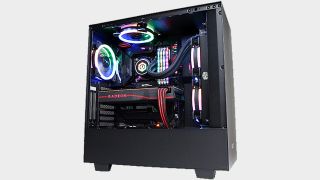
Elsewhere in this system, we’ve got a liquid cooling system with a 240mm radiator from Cooler Master, then more cooling and lighting brought in by four of CyberPower’s own addressable RGB fans and two LED lightstrips. A dinky IR remote can be used for customising the RGB effects on the fly, but the lighting is aggressively bright and the fans get loud during demanding games. The remote can be used to dim the brightness, but doesn’t allow for manual fan speed adjustments - these must be done in the system BIOS.
A beefy 850W Corsair power supply affords some leeway for future upgrades, and the Infinity 910 RTX won’t be too difficult to modify should you decide to make piecemeal improvements in the future. Fitting new memory or drives shouldn’t be a complicated process even for a novice system builder.
Naturally, the build quality here is absolutely top-notch. Nary a loose cable is visible here, with the guts of this machine neatly ordered and secured. The NZXT H511 case looks fantastic, and while there’s a variety of other cases available, it’s certainly the one we would pick. The exterior is brushed metal in solid black, with a tempered glass window that does an excellent job of showing off the interior components. The lack of USB-C support on the front I/O is a shame, but there is a USB-C port at the rear connecting directly to the motherboard.
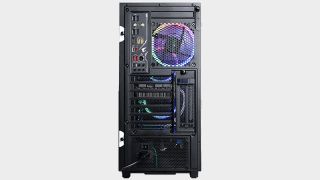
Performance
How does the CyberPowerPC Infinity 910 RTX fare on some industry tests? We've included these below to give you a feel of how it performs.
Cinebench CPU: 6249pts
3DMark Fire Strike: 30021
3DMark Fire Strike Extreme: 19081pts
3DMark Fire Strike Ultra: 10752pts
3DMark Port Royal: 11140pts
PCMark 10: 7810pts
CrystalDiskMark: SSD: 3384MB/s read; 2698MB/s write;
Tom Clancy's The Division 2: Ultra at 1080p: 185fps; High at 1080p: 222fps; Ultra at 1440p: 136fps; High at 1440p: 176fps; Ultra at 4K: 71fps; High at 4K: 101fps
Metro Exodus: RTX at 1080p: 104fps; High at 1080p: 150fps; RTX at 1440p: 85fps; High at 1440p: 127fps; RTX at 4K: 47fps; High at 4K: 77fps
Red Dead Redemption 2: Default at 1080p: 147fps; Best at 1080p: 139fps; Default at 1440p: 95fps; Best at 1440p: 90fps; Default at 4K: 68fps; Best at 4K: 65fps
Total War: Three Kingdoms: Ultra at 1080p: 134fps; High at 1080p: 182fps; Ultra at 1440p: 93fps; High at 1440p: 132fps; Ultra at 4K: 46fps; High at 4K: 67fps
Shadow of the Tomb Raider: Highest at 1080p: 172fps; High at 1080p: 181fps; Highest at 1440p: 145fps; High at 1440p: 157fps; Highest at 4K: 81fps; High at 4K: 96fps
The RTX 3080 has certainly lived up to Nvidia’s marketing hype. Initial tests were promising, with comically high 150+ framerates at 1080p. 1440p tests also proved successful, but the big question was—of course—whether the hallowed 4K ultra gaming would actually be viable.
Fear not, though; the 3080 dominated our benchmarks, offering 60 fps or more in most games we tested at 4K with maximum graphical settings in place. This was the case regardless of the type of game in question; large-scale multiplayer titles like The Division 2 and Apex Legends performed just as well as solo experiences like Red Dead Redemption 2 and Shadow of the Tomb Raider. Direct graphical tests such as 3DMark’s FireStrike benchmark were also easy fare for the Infinity 910 RTX.
Ray-tracing was an interesting point of contention, though. Nvidia has been relatively quiet in its marketing efforts when it comes to the actual RTX part of the RTX 3000 series after performance issues and slow developer adoption hampered the feature in the previous 2000 generation of cards. Unfortunately, it seems that the same problems are haunting this new series of GPUs, albeit to a lesser extent. Turning on the ray-traced lighting and reflections found in Metro Exodus and Control was damaging to the framerate in both games, but not to the same degree as seen in older GPUs; performance dropped between 25% and 40% in different tests.
Save up to 60% off Bitdefender Total Security antivirus
Bitdefender's security packages currently sit on top of our best antivirus guides and there's never been a better time to buy thanks to the massive discounts. In the US you can save 60% on the annual security bundles with prices starting at just $23.99 a year. In the UK 54% discounts see the prices starting at a mere £17.99.
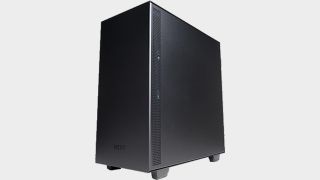
It does bring into question the actual worth of ray-tracing features. The Port Royal ray-tracing benchmark ran better than we ever saw it perform on previous-generation RTX cards, but in games the actual value of slightly better shadows and reflections is a dubious proposition considering the impact on framerates. It’s a good thing that the RTX 3080 performs so well in general, otherwise we might call its price point into question. Nvidia’s DLSS features work great too, although the benefits are more pronounced in some games than others.
Unsurprisingly, this combination of CPU and GPU is complete overkill for esports titles, with Overwatch, Valorant, and DOTA 2 seeing absurdly high figures. Anything designed for fast-paced online action shouldn’t be a problem in the slightest.
Speaking of the CPU, the Core i9-10850K can more than handle itself. Cinebench R20 gave us solid figures compared to previous generation counterparts, and more CPU-intensive titles like Total War: Three Kingdoms also demonstrated good performance, if not as impressive as games that are more GPU-reliant.
Throughout all our tests, temperatures inside the case remained within a comfortable range. The Masterliquid Lite 240 AIO cooler did a great job of keeping the processor cool, and the MSI GPU was consistent if not amazing. Temperatures never rose above 75C during tests, typically hitting 70C during 4K benchmarks and then remaining there. For such a powerful graphics card, we’re very happy with those figures.
Lastly, the CrystalDisk benchmark told us exactly what we were expecting: the 500GB SN750 boot drive from Western Digital is only likely to be outclassed by expensive Samsung SSDs and fourth-generation M.2 drives (which aren’t compatible with Intel processors right now anyway). Boot times were incredibly speedy, and the majority of games loaded quickly. No longer will you be the bane of the lobby in Rainbow Six Siege!
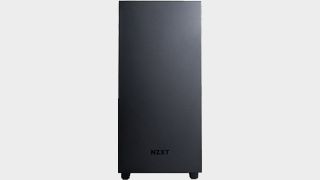
Overall - should you buy it?
We can’t quite give full credit to CyberPowerPC here, since much of the heavy lifting is done by the RTX 3080 GPU. That component is also very competitively priced, resulting in an overall price point for this machine that is tough to beat. If we’d just dropped £2,000 on a high-end gaming PC prior to the 3000 series release, we’d be fuming right now.
All the same, CyberPower deserves some serious accolades here. This is a top-notch gaming PC with incredible performance per pound, ample storage, and a level of build quality that is hard to beat. The internals are extremely clean, although we might advise replacing the default case fans. Swapping these out for the Corsair or Cooler Master ARGB fans offered by CyberPower might be a good call.
So, should you buy it? Yes! If you’re not the type to assemble your own system from scratch, CyberPower has got you covered with an absolutely kick-ass machine. The assembly means that upgrades should be straightforward, but the baseline performance is so good that the Infinity 910 RTX will likely be able to handle the biggest, most demanding games for years to come. Team this with one of the best gaming monitors, or even one of the best 4K monitors for gaming and you will have a setup that would be the envy of many, and if this is the kind of machine we can look forward to that are powered by 3080 cards, we are in for a real treat. The Infinity 910 RTX gets a glowing recommendation from us.
Christian is a writer for Maximum PC, but also writes in a freelance capacity for a number of other sites including GamesRadar, PC Gamer, and TechRadar. He knows the PC gaming space inside out, particularly when it comes to hardware including PC builds, keyboards, and other peripherals.

Nintendo Switch 2 launch price won't "really matter," analyst says, because early Nintendo buyers "aren't very price-sensitive" anyway – if it's not "egregious," it will sell

Nintendo Switch 2 leaks "essentially ruined the reveal" according to one analyst: "It was very unfortunate for Nintendo"

The Hollow Knight: Silksong ARG turned out to be us clutching at straws, but dev says: "the game is real, progressing and will release"
Most Popular


